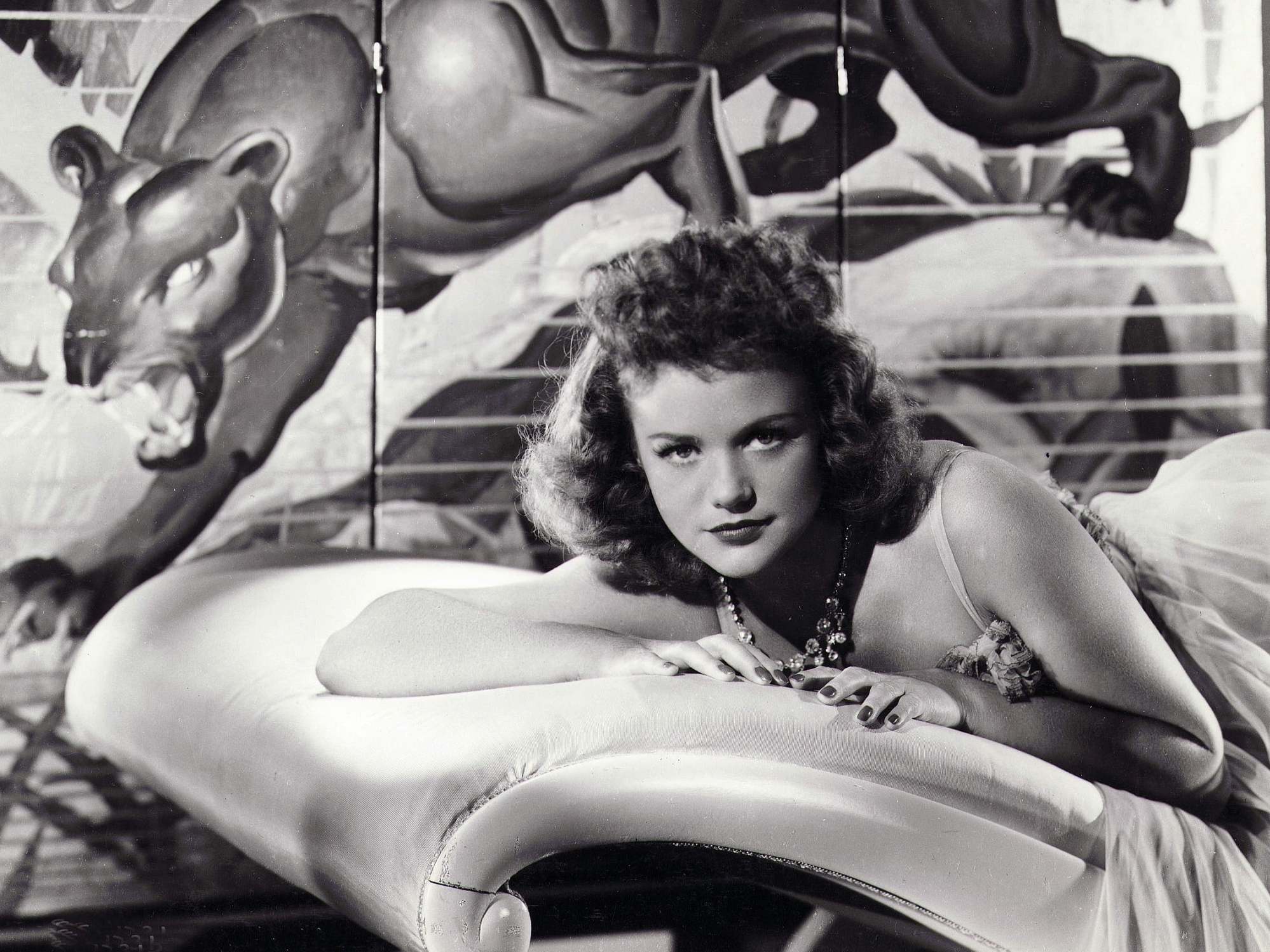The Indy Film Club: How panther-horror Cat People changed cinema forever
The next pick in our new weekly film social is the 1942 flick that ushered in a new wave of cinematic shocks and took on that scariest subject of all, female sexuality, says Clarisse Loughrey


Your support helps us to tell the story
From reproductive rights to climate change to Big Tech, The Independent is on the ground when the story is developing. Whether it's investigating the financials of Elon Musk's pro-Trump PAC or producing our latest documentary, 'The A Word', which shines a light on the American women fighting for reproductive rights, we know how important it is to parse out the facts from the messaging.
At such a critical moment in US history, we need reporters on the ground. Your donation allows us to keep sending journalists to speak to both sides of the story.
The Independent is trusted by Americans across the entire political spectrum. And unlike many other quality news outlets, we choose not to lock Americans out of our reporting and analysis with paywalls. We believe quality journalism should be available to everyone, paid for by those who can afford it.
Your support makes all the difference.Cat People owes a surprising debt to Citizen Kane. After Orson Welles’s magnum opus flopped at the box office and drained the coffers of RKO, the studio looked to producer Val Lewton to make them a quick buck. What better than a low-budget horror film? He hired some of Welles’s old crew and borrowed the staircase from The Magnificent Ambersons for his set. But Lewton was a virtuoso in his own right, not a simple workhorse. Having found an ally in director Jacques Tourneur, who went on to make the seminal film noir Out of the Past, he chose to ditch the gothic finery and gaudy effects that Universal’s monster movies had made fashionable. What he came up with instead was more terrifying than ever before.
Low on resources, the pair created a new kind of horror language. Cat People, released in 1942, is a film driven purely by shadow and suggestion. It’s a were-cat film with no lurid transformation scene. The monster lives almost entirely outside of the frame, where our own imaginations can colour it in to be as blood-curdling and gruesome as we desire. What it may lack in old-fashioned spectacle, it more than makes up for in atmosphere. Cinematographer Nicholas Musuraca paints each frame in black as deep as the ocean, where all manner of beasts dwell – a technique he’d later revisit on Out of the Past.
Inspired by Lewton’s own short story The Bagheeta, but written by DeWitt Bodeen, Cat People concerns the terrible fate of Irena (Simone Simon) a Serbian immigrant to New York City. She falls in love with a man named Oliver (Kent Smith) but refuses to consummate the relationship, convinced she’s descended from a group of devil-worshippers who turn into panthers when aroused, jealous or upset. With almond-shaped eyes and triangular features, Simon looks perfectly kittenish. She commits to Irena’s hysteria but, at times, still lets her be a little mischievous and aloof. If she were to suddenly swat a glass off a table, no one would think twice.
In the film’s most effective sequence, Irena follows another woman home. It’s the middle of the night. The woman scuttles nervously from street lamp to street lamp. All that can be heard are the clattering of high heels, as figures slip from darkness into light and then back into obscurity. This goes on and on until it feels like the whole film is about to implode from the tension – then a sudden, violent hiss. It’s not a panther come to feast, but the sound of a bus hitting its brakes. It’s one of cinema’s very first fake-out scares.
Cat People was an instant hit, earning a reported $4m on a budget of only $135,000 (although this has been disputed, some say it was $150k). It was followed by a sequel, The Curse of the Cat People, in 1944. More importantly, Lewton would go on to produce many other films in the same style, including I Walked with a Zombie (1943) and The Seventh Victim (1943). Each relied on intimate, ordinary settings and a minimalist approach to horror. Though he worked with several directors, including Mark Robson and Robert Wise, his films maintained a uniform vision. He was a rare auteur-producer.
Yet some critics were reluctant to embrace the new horror wave. Bosley Crowther at The New York Times decried Cat People as “tedious and graphically unproductive”. It took distance and years of re-evaluation for it to be appreciated not only for its technical innovation but for its early exploration of the “monstrous feminine” – the horror of untethered female sexuality. Paul Schrader honed in on the theme for his 1982 remake, though he exchanged subtlety for an onslaught of tits and gore.
Cat People is sympathetic to its monster. Irena is a woman torn between contradictions: she’s expected to play the virginal bride but fears her violent desires will destroy the man she loves. American society demands that she integrate, though she’s unable (and unwilling) to cut ties with her homeland and its traditions. It’s no coincidence that Oliver’s affections soon shift to his female co-worker (Jean Randolph): she’s the malleable, affable, thoroughly modern American woman. But Irena can’t erase her identity or conform. There’s no escape beyond total self-obliteration. And so, we end with the sombre words of John Donne: “But black sin hath betrayed to endless night. My world, both parts, and both parts must die.”
Join our commenting forum
Join thought-provoking conversations, follow other Independent readers and see their replies
0Comments